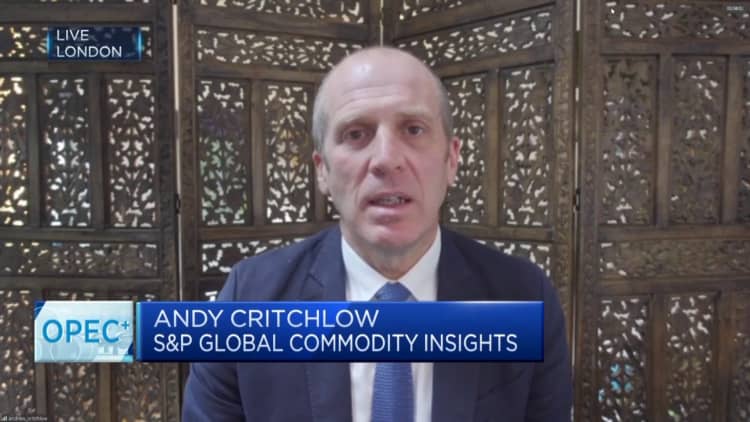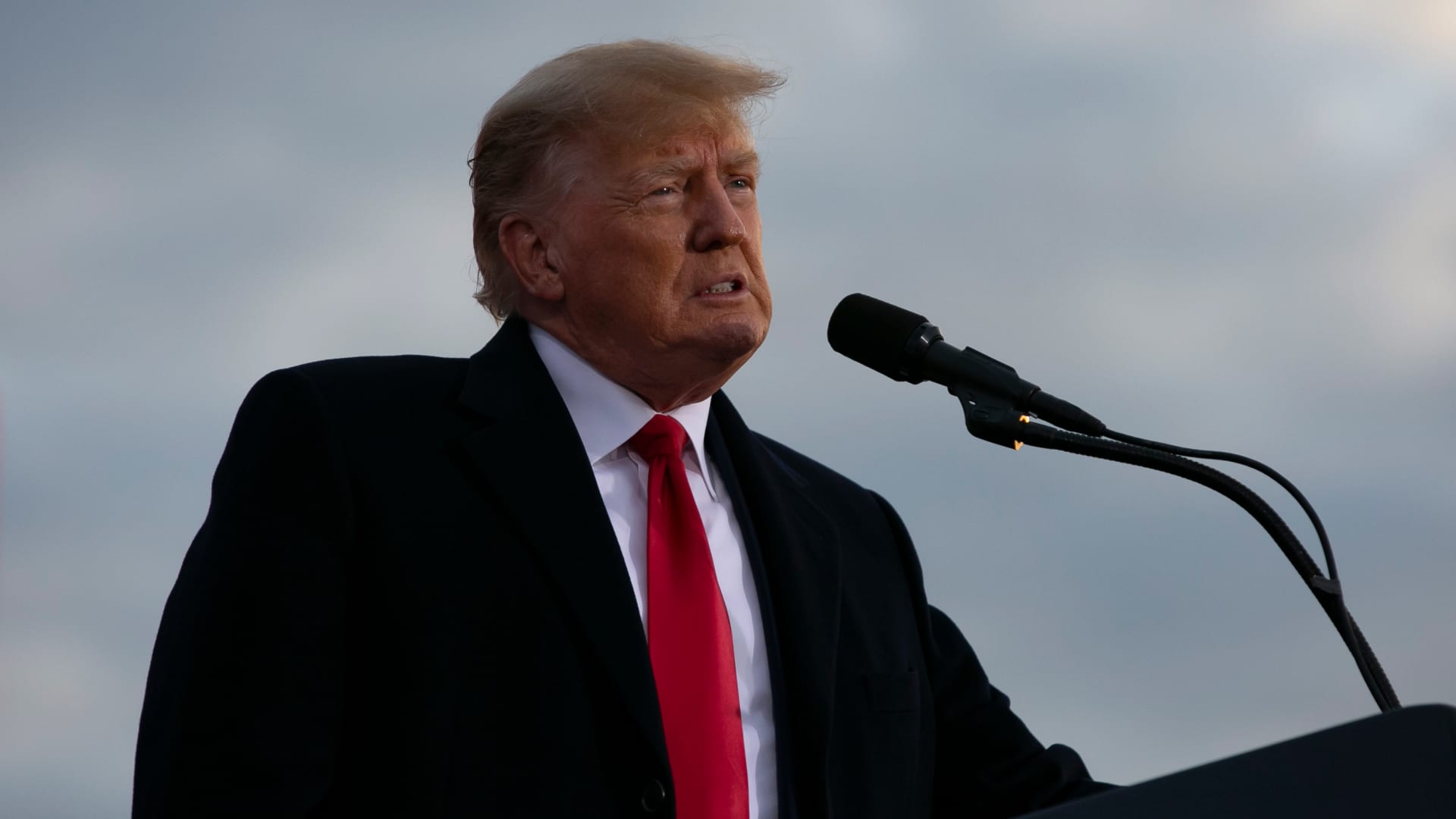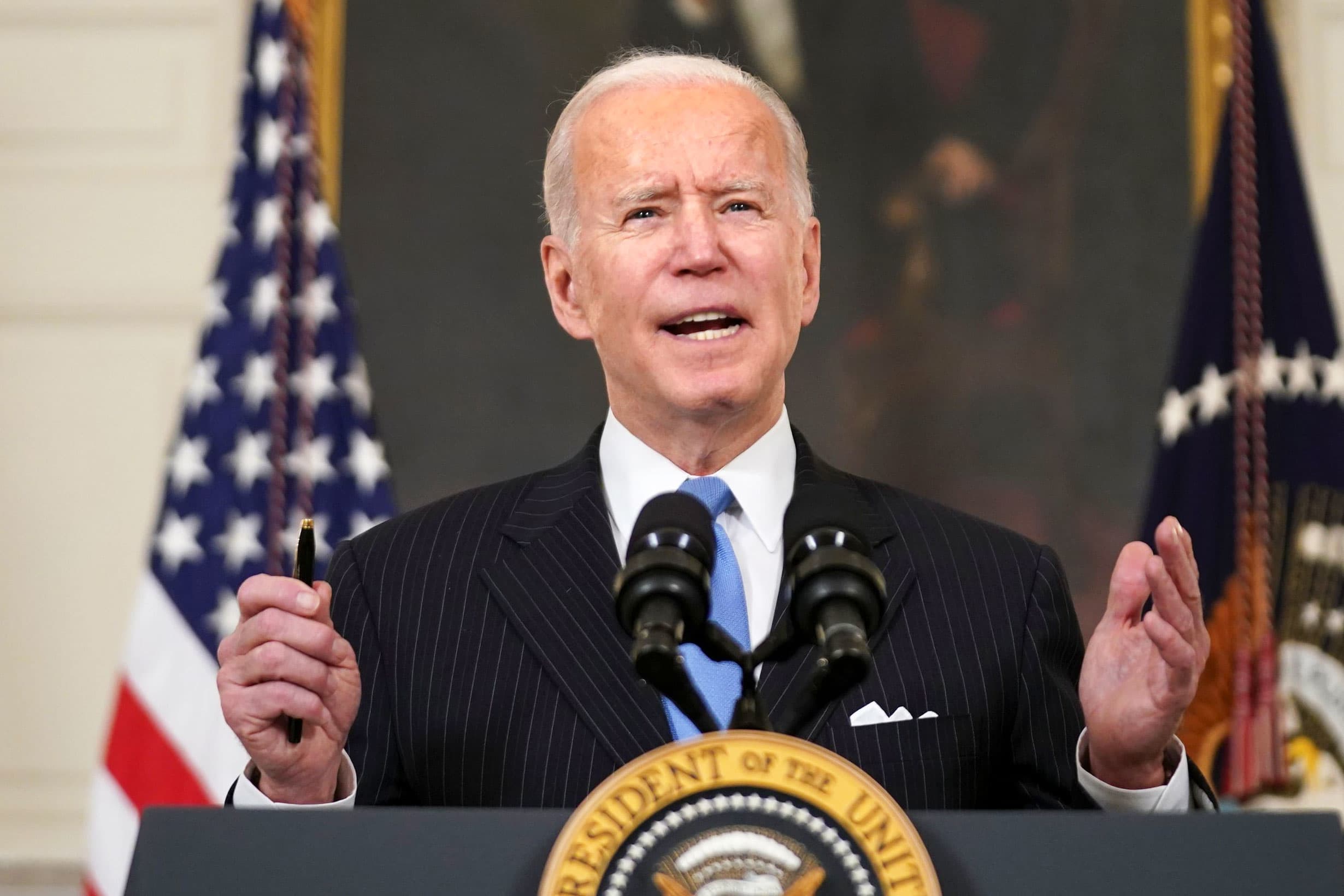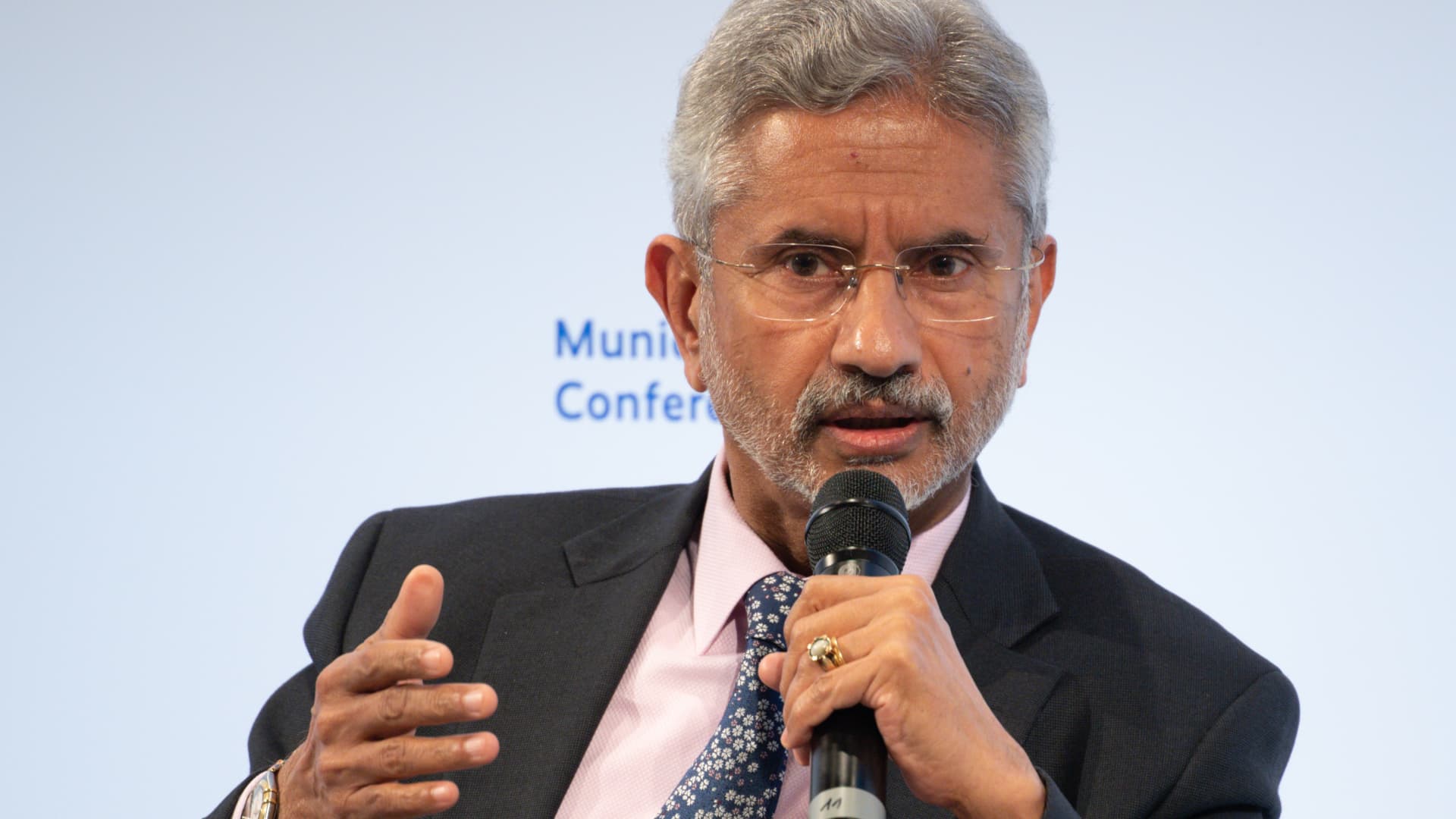OPEC+ to cut oil production by 2 million barrels per day to shore up prices, defying U.S. pressure
Oil prices have fallen to roughly $80 a barrel from over $120 in early June amid growing fears about the prospect of a global economic recession.

Oil prices have fallen to roughly $80 from over $120 in early June amid growing fears about the prospect of a global economic recession.
Bloomberg | Getty Images
A group of some of the world's most powerful oil producers on Wednesday agreed to impose deep output cuts, seeking to spur a recovery in crude prices despite calls from the U.S. to pump more to help the global economy.
OPEC and non-OPEC allies, a group often referred to as OPEC+, decided at their first face-to-face gathering since 2020 to cut production by 2 million barrels per day from November.
Energy market participants had expected OPEC+, which includes Saudi Arabia and Russia, to impose production cuts of somewhere between 500,000 barrels to 2 million barrels.
The move represents a major reversal in production policy for the alliance, which slashed output cuts by a record 10 million barrels per day in early 2020 when demand crashed due to the Covid-19 pandemic. The oil cartel has since gradually unwound those record cuts, albeit with several OPEC+ countries struggling to fulfill their quotas.
Oil prices have fallen to roughly $80 a barrel from over $120 in early June amid growing fears about the prospect of a global economic recession.
The production cut for November is an attempt to reverse this slide, despite rerepeated pressure from U.S. President Joe Biden's administration for the group to pump more to lower fuel prices ahead of midterm elections next month.
International benchmark Brent crude futures traded at $92.82 a barrel during afternoon deals in London, up around 1.1%. U.S. West Texas Intermediate futures, meanwhile, stood at $87.37, almost 1% higher.
OPEC+ will hold its next meeting on Dec. 4.
'Selfishly motivated'
Energy analysts said the actual impact of the group's supply cuts for November was likely to be limited, with unilateral cuts by Saudi Arabia, the United Arab Emirates, Iraq and Kuwait likely to do the main job.
What's more, analysts said it is currently difficult for OPEC+ to form a view more than a month or two into the future as the energy market faces the uncertainty of more European sanctions on non-OPEC producer Russia — including on shipping insurance, price caps and reduced petroleum imports.
"In its own words, OPEC's mission is to ensure an adequate pricing environment for both consumers and producers. Yet the decision to reduce output in the current environment runs counter to this objective," Stephen Brennock, a senior analyst at PVM Oil Associates in London, said in a research note.
"Further squeezing already-tight supplies will be a slap in the face for consumers. The selfishly motivated move is aimed purely at benefiting producers," he added. "In short, OPEC+ is prioritising price above stability at a time of great uncertainty in the oil market."

Rohan Reddy, director of research at Global X ETFs, told CNBC that the group's decision to impose production cuts could see oil prices rally back to $100 a barrel — assuming no major bouts of Covid globally and the U.S. Federal Reserve not becoming unexpectedly hawkish.
"Due to the decision, volatility will likely return to the market, and despite concerns about the resilience of the global economy, the oil market is tight, all of which should serve as a tailwind for prices in the fourth quarter," Reddy said.
He added that while a return to $100 oil is possible, "a more likely scenario in the short term is that oil prices hover in the $90 to $100 range as the market digests economic data releases."

 AbJimroe
AbJimroe 


































